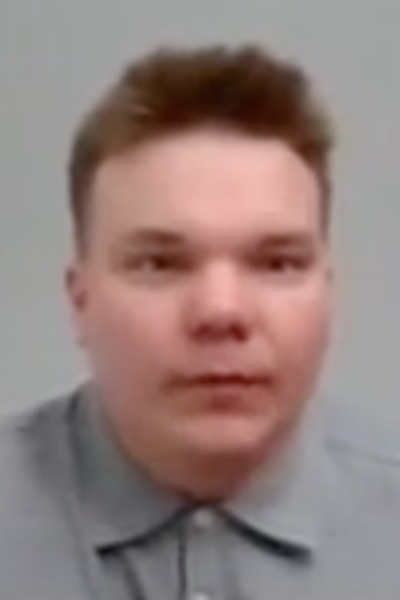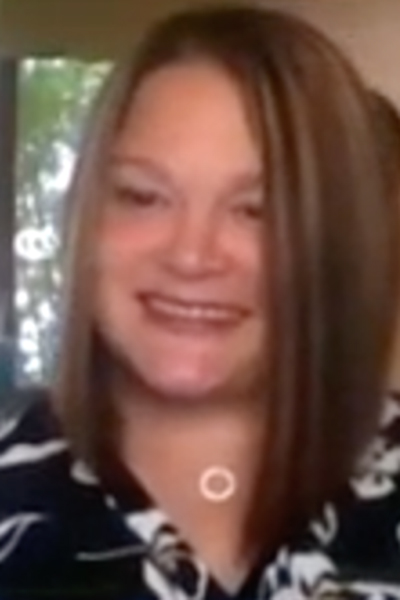Sleep disorders disrupt and define patients’ lives. These rare and largely invisible diseases can necessitate adjustments to everything from daily driving habits to career plans.

“We’re starting to recognize that sleep is tremendously important and affects everything and touches on every bit of health,” said Jason Myatt, a board member of the Circadian Sleep Disorders Network. He discussed living with non-24-hour sleep-wake disorder (Non-24) in Patient Voices in Sleep Medicine. Patients with narcolepsy and restless leg syndrome (RLS) also shared their experiences. The session is available for viewing on the virtual CHEST 2020 meeting platform through February 1, 2021, for registered attendees.
Even though official diagnosis did not come until adulthood for any of the three speakers, each one can retroactively identify symptoms of their disorders going back to childhood.
“I’ve always had trouble sleeping, and I didn’t really pay much attention to it,” said Bob Hartnett, a Restless Legs Syndrome Foundation support group leader. “I really didn’t think it was a medical problem. I just thought that was the way I was made up.” At age 53, he was diagnosed with insomnia, sleep apnea, and RLS.

For Rising Voices of Narcolepsy speaker Shannon Burkoth, an advocacy professional and consultant, as her condition became more pronounced and she sought medical treatment, she became frustrated with not feeling heard by clinicians. In her late 20s and early 30s, Burkoth experienced increased sleepiness, forgetfulness, and progressive clumsiness.
“I became overwhelmed by the excessive sleepiness,” she said. “I had no clue what was happening to me, but I knew something wasn’t right. I could express to my care team that I was too tired to function, yet we never considered I had a sleeping disorder.”
Instead, her doctors advised her to accept that her fatigue was due to fibromyalgia. “They made me feel as if I was making this all up,” Burkoth said. She became depressed, withdrew socially, and began hallucinating that her home was on fire upon waking. Eventually, a rheumatologist ordered a sleep study to rule out sleep apnea. The diagnosis that came back was narcolepsy with cataplexy, and she now knows her hypnopompic hallucinations are a symptom of narcolepsy.

“Don’t invalidate your patient’s experience just because you don’t understand or you haven’t figured out what’s causing their struggle,” said Myatt, who a clinician once refused to diagnosis him with Non-24 because she had never seen a patient with the disorder who wasn’t also blind.
Like many others with sleep-wake disorders, Myatt has learned to function by circumventing his symptoms as best as he can. He is self-employed doing design and construction work, which allows his schedule to fluctuate with his ever-advancing personal circadian rhythm, despite having education and training as a chemical engineer, lawyer, and master plumber. Burkoth had to give up dreams of becoming a pilot because of her narcolepsy, and the timing of Hartnett’s retirement was influenced by his sleep disorders.
After trying multiple different medications to treat RLS, Hartnett has found there is no guarantee even the most effective drugs will consistently manage his condition. “It’s not like taking an aspirin for a headache and 45 minutes later your headache is gone,” he said. “I take these medications in hopes of controlling the RLS symptoms, not necessarily knocking them out.” He finds relief five or six nights a week.
In-person and online support systems are available for patients with sleep disorders. Clinicians should consider directing their patients to support and advocacy groups early in their diagnosis.
“Peer support is an important catalyst for disease acceptance,” Burkoth said. “Being able to find people of your own tribe that you can talk to and feel normal with, that you don’t have to explain your symptoms and they just get you, there’s a lot of healing and therapy in that alone.”





